On a weekend in late May, I traveled to Modoc County, the farthest corner of Northern California, for the dedication of the marker. In the car with me were George and Jane Matsuoka and Jero Enomoto, Director of the California Department of Corrections. All of them had been interned at Tule Lake during World War 2.
Jane told of being yanked from her classes at Salinas High School and transported with her family to this isolated place. Director Enomoto told me that he was in law school when he was plucked from his life. He said that Loyola University in Chicago agreed to bring detainees to Chicago to continue their educations. He said the young men selected were bused into Alturas to await a train ride which would send them East to Chicago. At the town, they were greeted with signs saying, "No Japs Allowed," and were made to wait in the brushy area outside the town limits until the train arrived.
Tule Lake, like Manzanar, Poston, and Gila River, (where my sister's husband spent his childhood) are all situated in bleak landscapes. Some have beautiful views. All have severe weather and were intentionally sited in places of isolation.The ceremony we came for was the unveiling of a stone monument, designed and built by the Japanese American Citizen's League. The speeches were well thought out and delivered, and we all went back to Alturas where the accommodations for most of us was sleeping bags on the floor of the high school gymnasium. Rumors circulated that unhappy local residents were going to cause trouble, but nothing transpired at the gym.
In the morning, an anxious State Park Ranger came to get me. I drove him to the marker site and he showed me the one day old marker. The words "concentration camp" had been chiseled off and someone had scribed into the bronze, "Fuck all Japs." The ranger was dismayed until I opened the trunk of the car and pulled out an identical bronze marker. The casting had been expensive, but the second marker was inexpensive and we had anticipated trouble.
I have checked the marker four times in the last forty years. It's still intact.
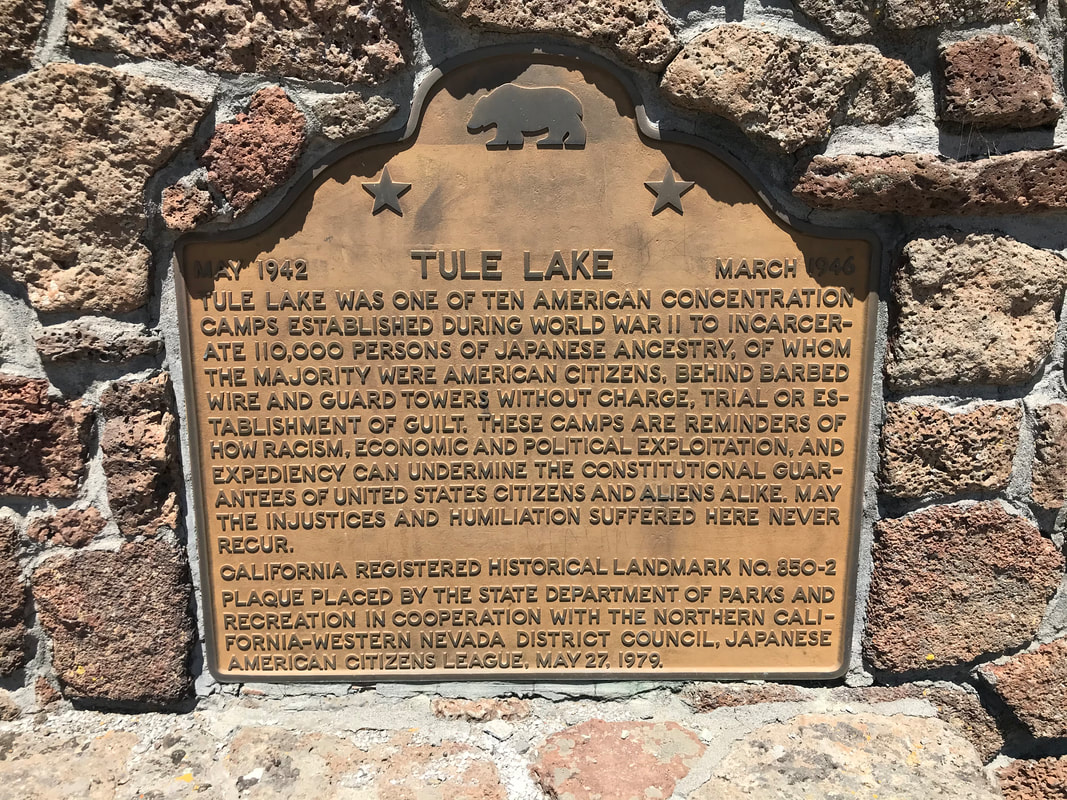
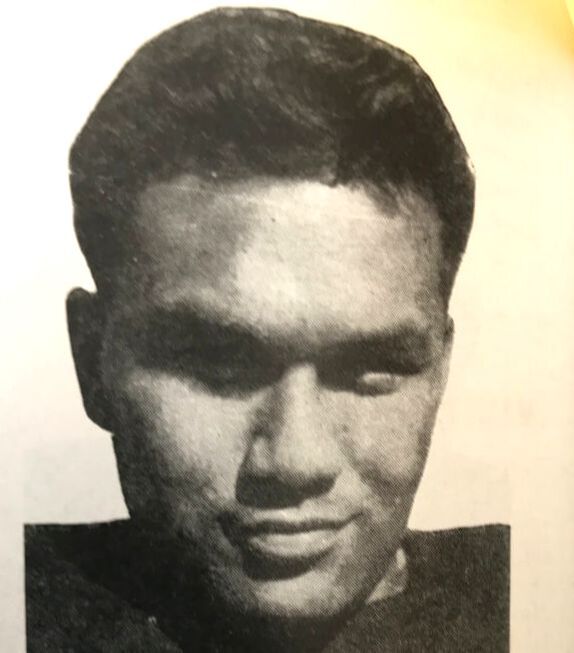
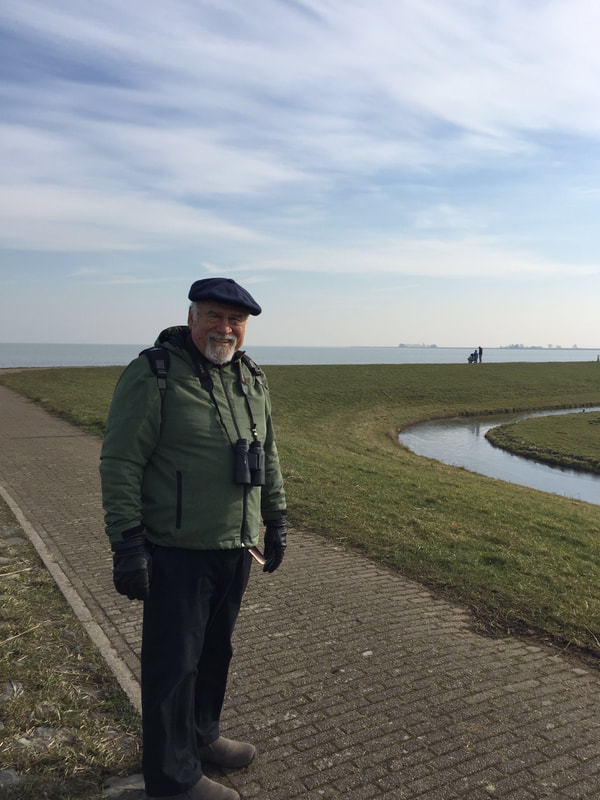
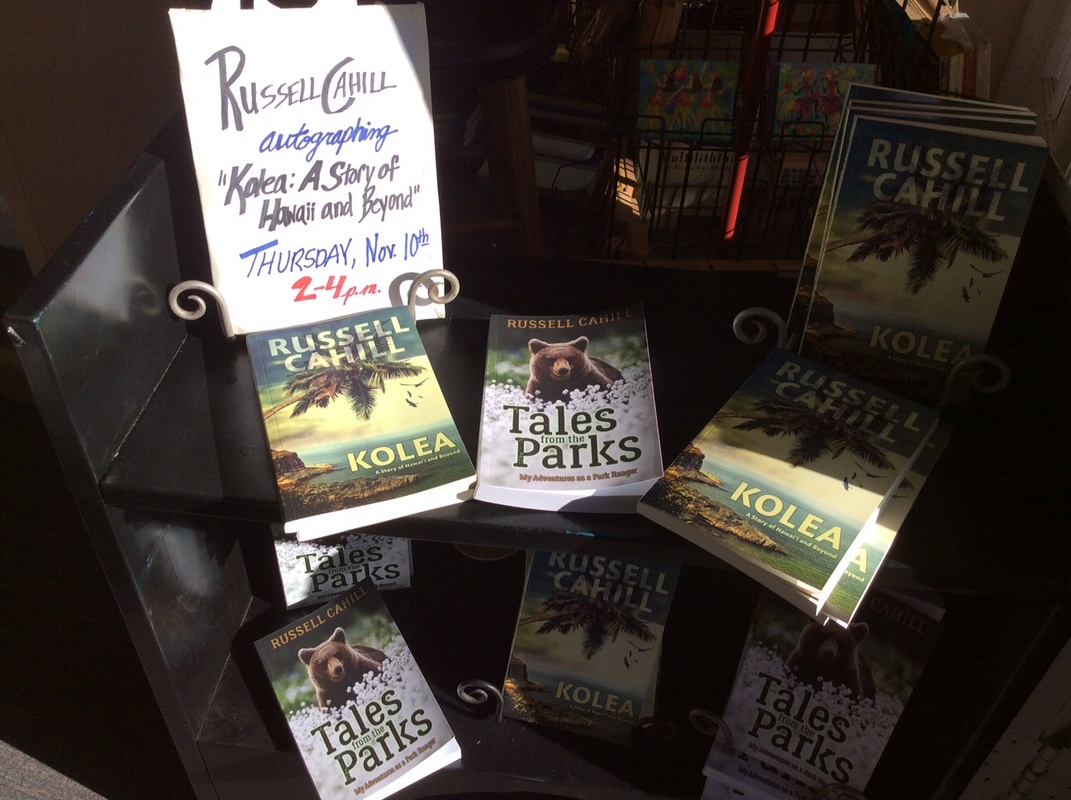
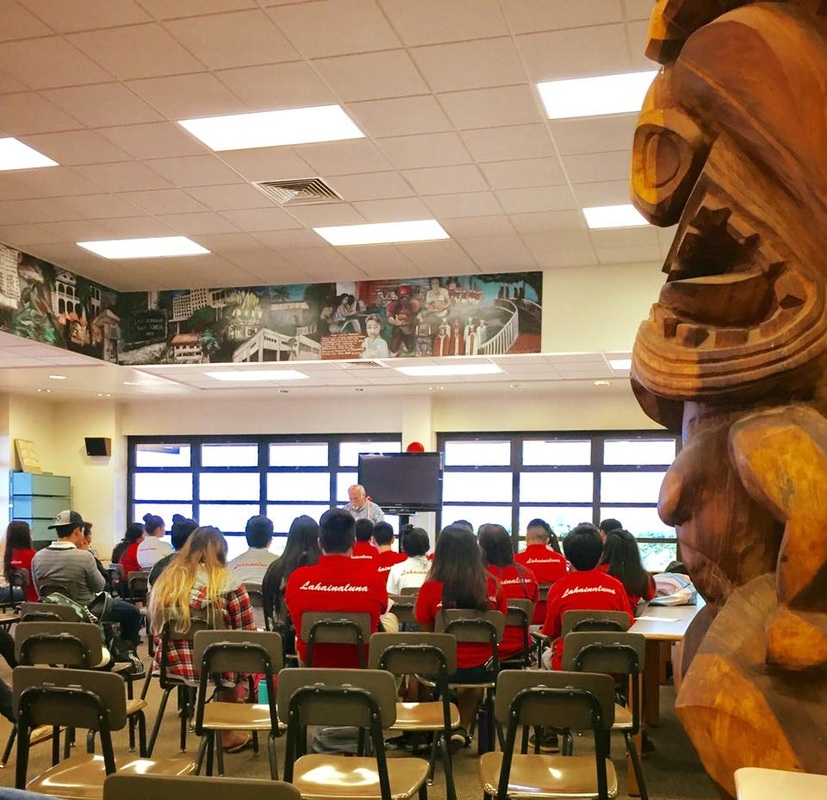
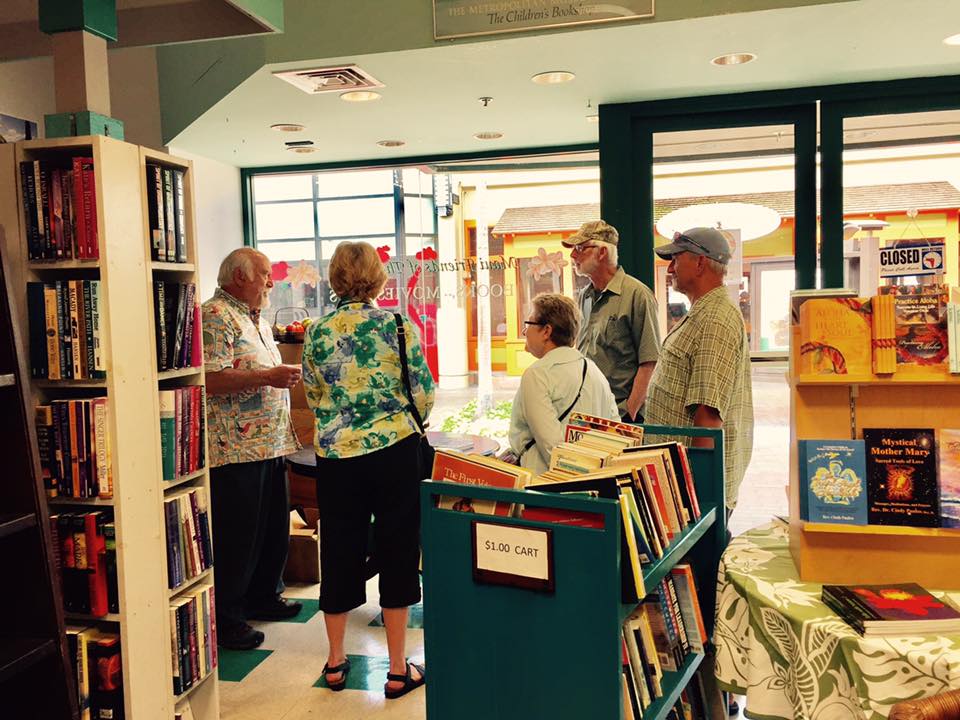
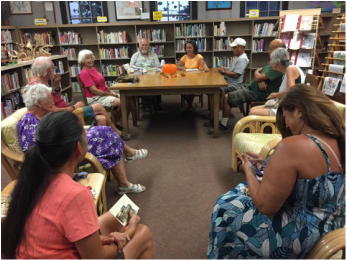
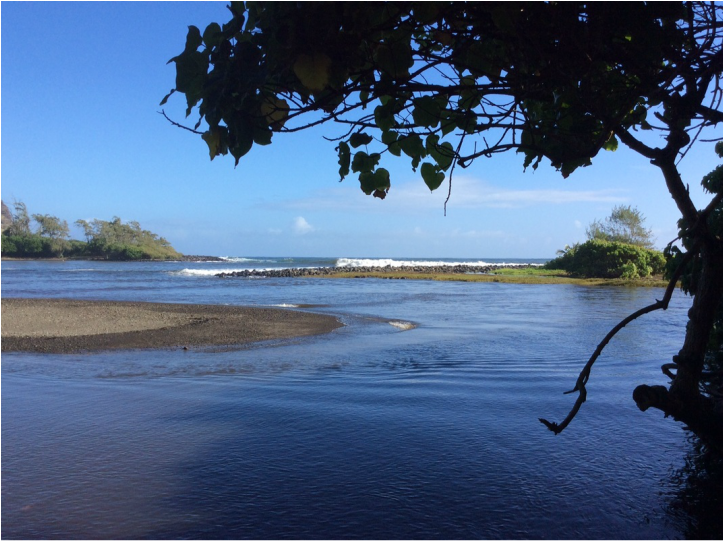
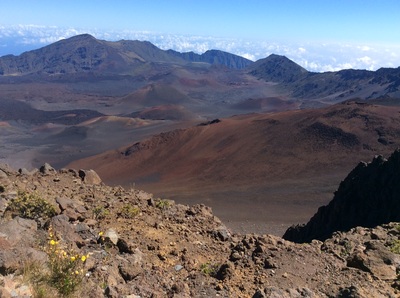
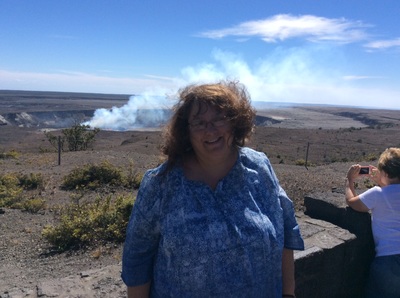
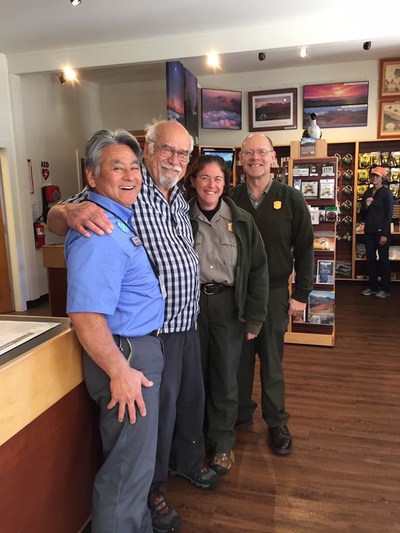
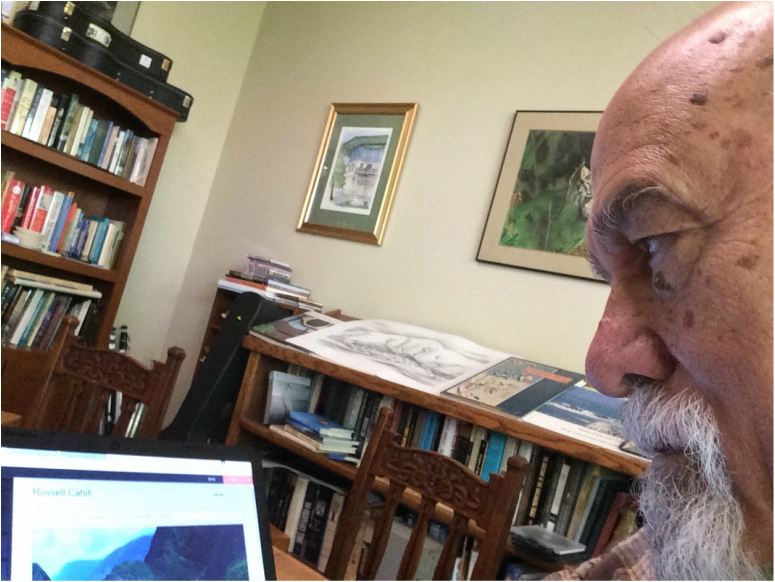
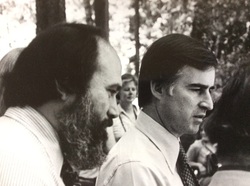
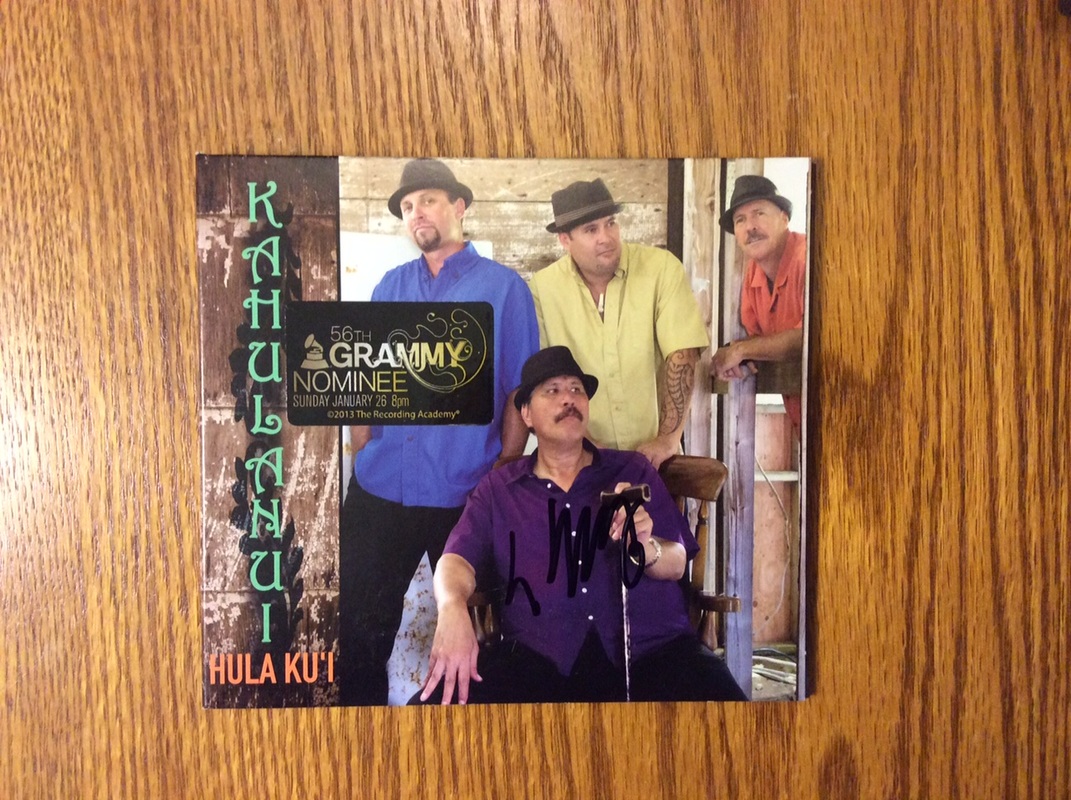
 RSS Feed
RSS Feed